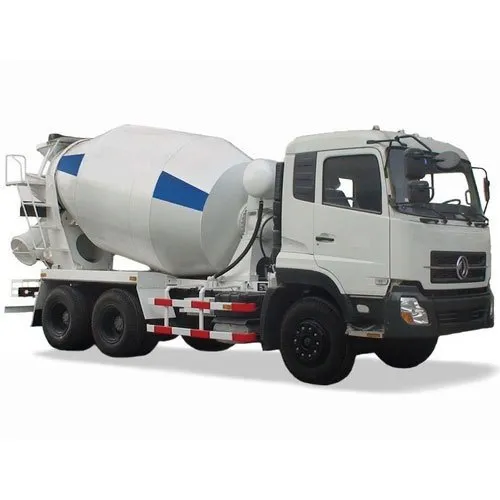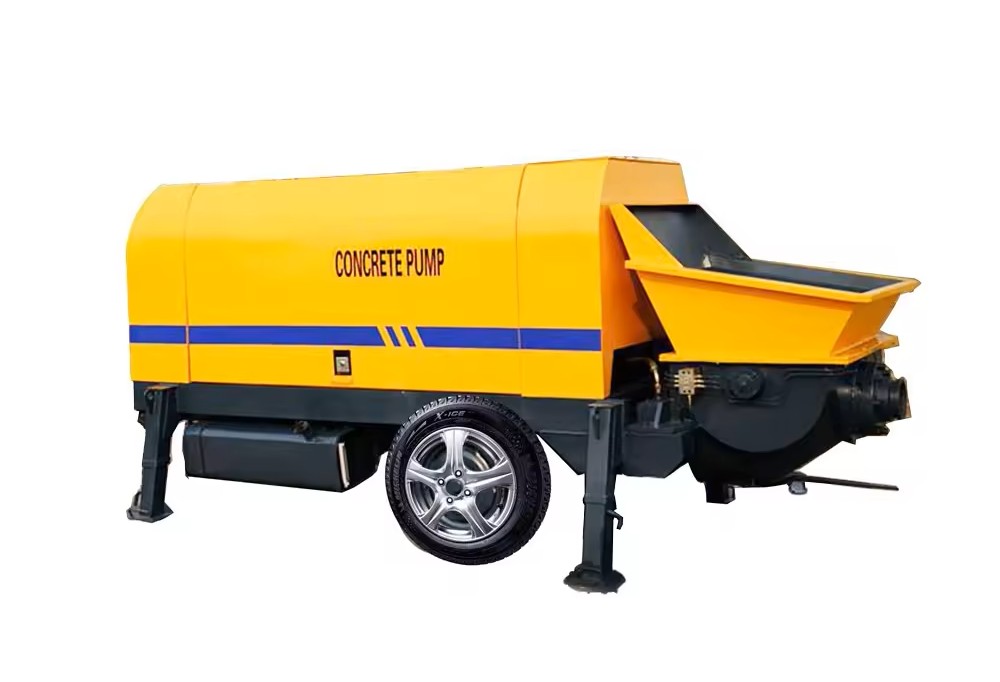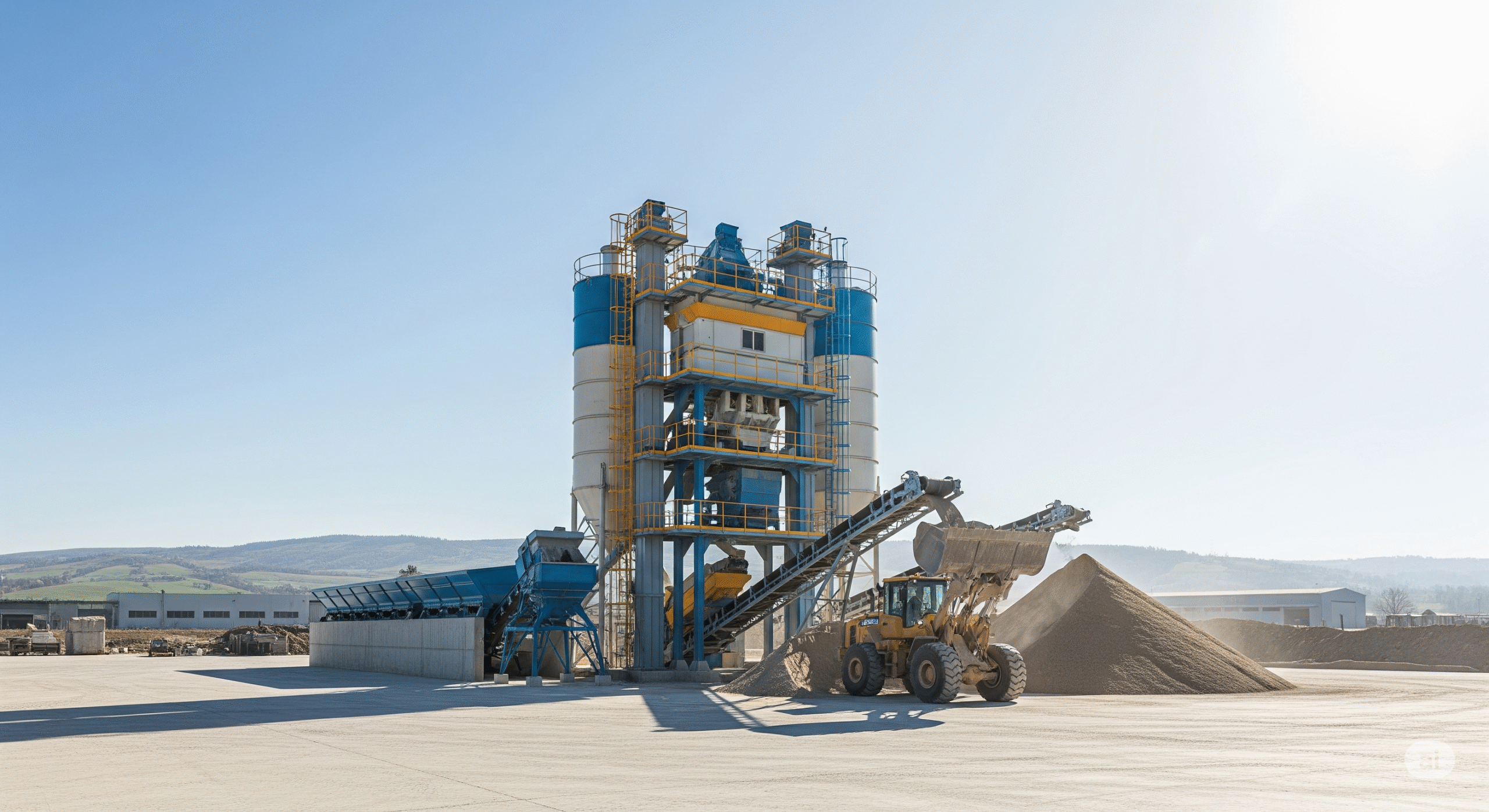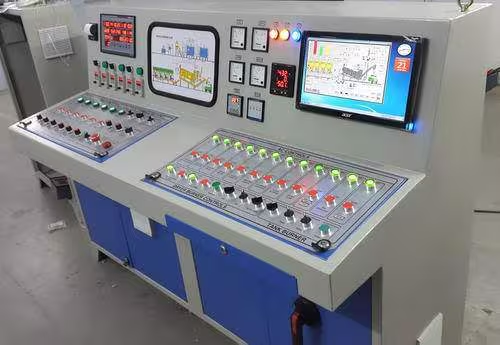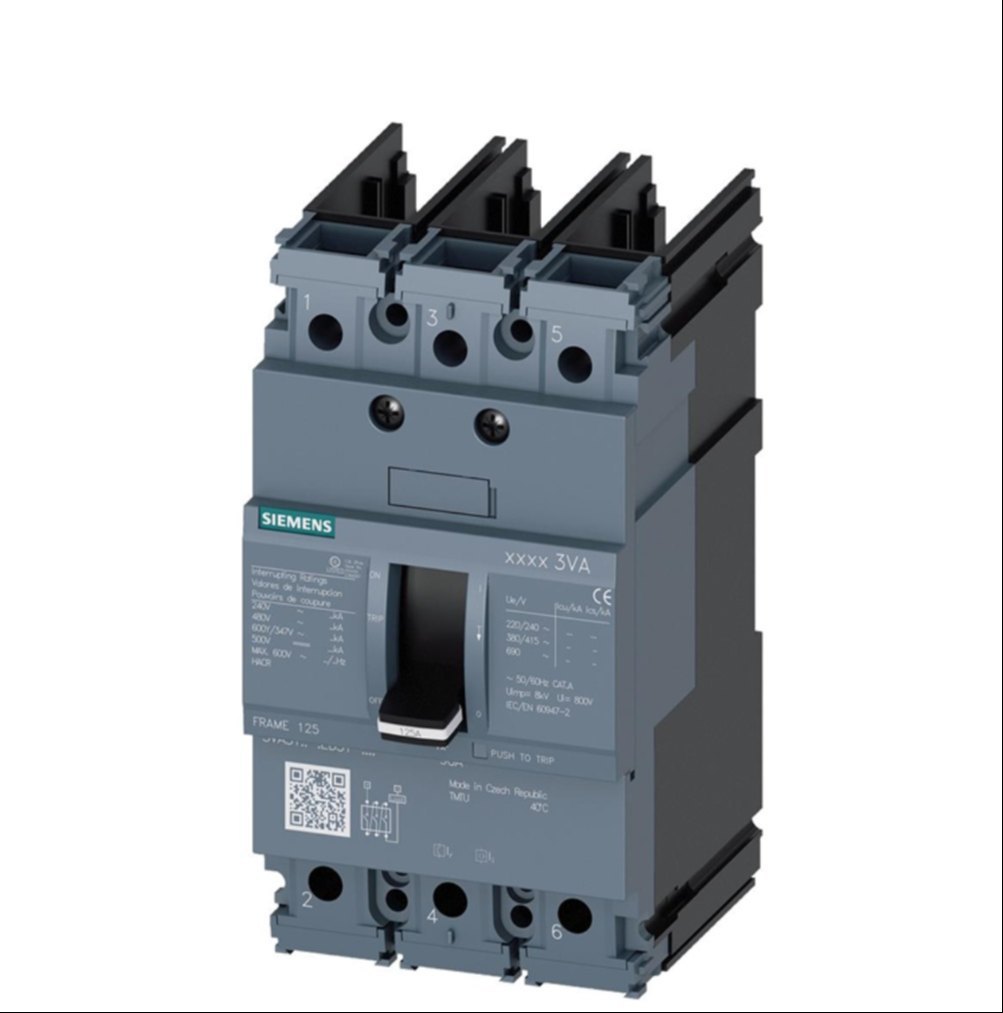
Introduction
In the concrete plant industry, particularly in Ready Mix Concrete (RMC) plants, “Mixer Rebuilds & Alignments” refers to the process of restoring, repairing, or realigning the concrete mixing equipment (usually pan, planetary, or twin-shaft mixers) to ensure optimal performance, extended lifespan, and consistent concrete quality.
A mixer rebuild is a comprehensive overhaul of a worn or aging concrete mixer. Instead of replacing the entire mixer (which is costly), rebuilds involve disassembling, inspecting, replacing worn parts, and reassembling the mixer to restore it to near-original condition.
Mixer rebuilds and alignments are specialized services within the concrete plant industry that focus on the structural, mechanical, and dimensional restoration of concrete mixers. Regular maintenance is essential for these machines, which are exposed to harsh conditions, including abrasive materials and heavy loads. Rebuilding and alignment services are performed to reverse wear and tear, restore optimal mixing performance, and extend the lifespan of the equipment.
The mixer rebuild process addresses and corrects the wear and damage that occurs over time in a concrete mixer.
Mixer Rebuilding Involves
- Disassembly of the mixer unit (twin-shaft, planetary, pan mixer, etc.)
- Inspection of Shafts, Mixing blades/paddles, Liners, Bearings and seals, Gearboxes and motors
- Replacement or repair of Worn mixing arms and paddles, Damaged or eroded liners, Seals and bearings (to prevent leakage), Gearboxes, if worn, Drive systems or motors (if underperforming)
- Rebalancing and reinstallation
- Testing the rebuilt mixer for performance, noise, vibration, and concrete homogeneity

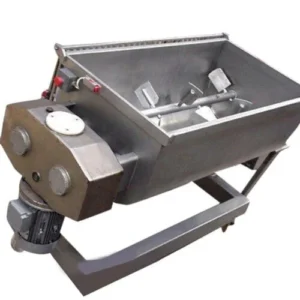
Mixer alignments
Precision alignment is crucial for the mixer to operate correctly and is often performed during or after a rebuild. A proper alignment ensures that all components, particularly the mixing shafts and blades, are precisely positioned according to the manufacturer’s specifications. The alignment process includes:
Correction of clearances: The precise clearance between the mixer blades and the floor and wall tiles is adjusted, which is critical for consistent mixing and preventing material build-up.
Shaft and gearbox alignment: In twin-shaft mixers, the two shafts must be perfectly aligned with one another and with the drive gears to prevent premature wear and vibration.
Framework leveling: The mixer is leveled and aligned on its foundation to ensure smooth operation, prevent stress on the equipment, and ensure accurate material weighing.

